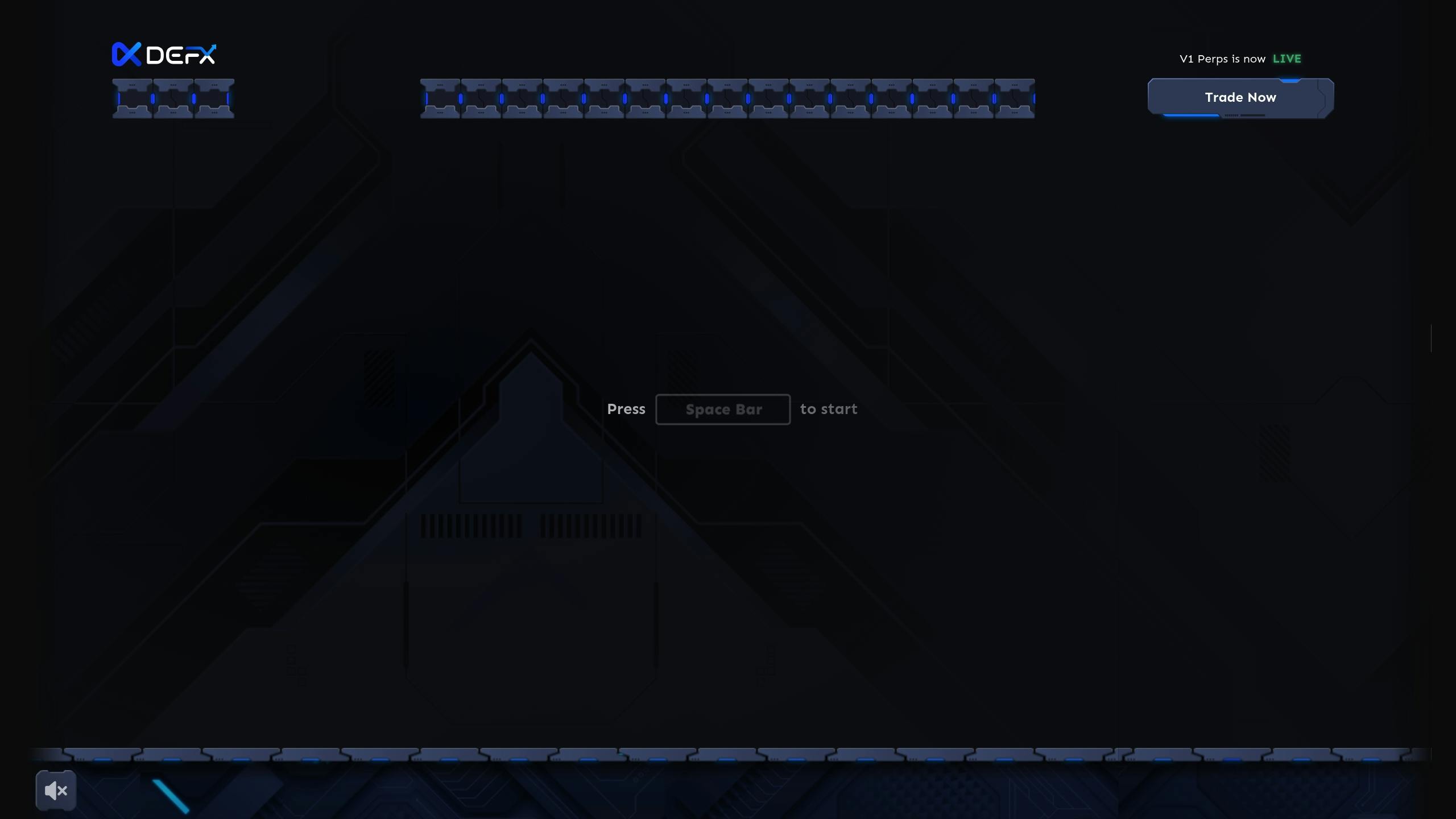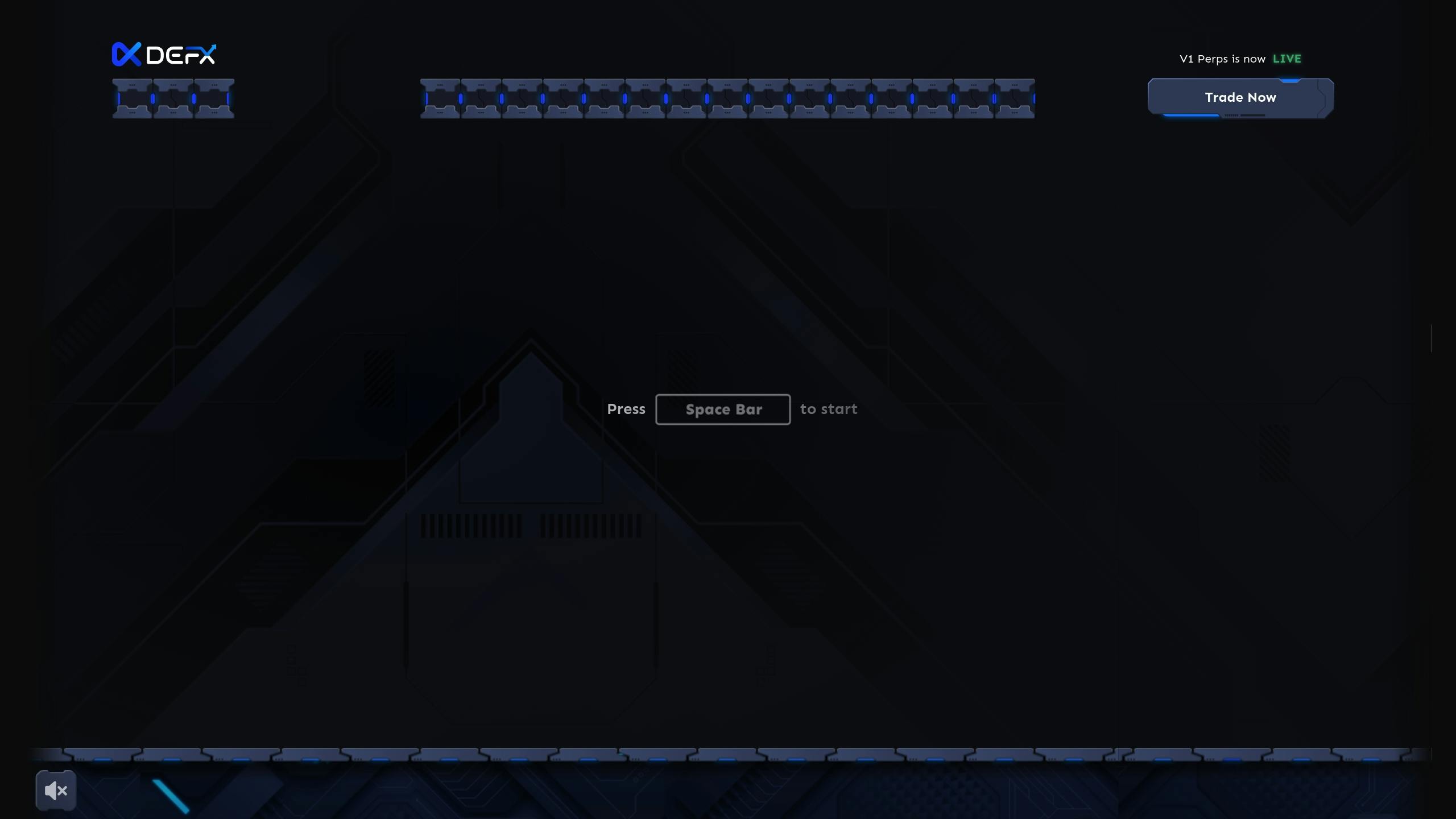Game theory is the backbone of how liquidity pools in decentralized finance (DeFi) operate. It explains how participants – like liquidity providers and traders – make decisions that impact each other and the entire ecosystem. Here’s a quick breakdown:
-
What Are Liquidity Pools?
Liquidity pools let users trade assets directly on the blockchain without intermediaries. Providers add tokens to these pools and earn rewards, while algorithms determine prices. -
Role of Game Theory:
Game theory helps design systems that predict user behavior, balance risks, and align incentives with protocol goals. For instance, it guides strategies like liquidity mining and reward structures to maintain pool stability. -
Key Concepts in Pools:
- Nash Equilibrium: Helps participants find optimal strategies where no one benefits from changing their approach.
- Cooperation vs. Self-Interest: Providers and traders navigate between contributing to pool health and maximizing personal gains.
- Risk Management: Strategies like spreading liquidity across pools or focusing on stablecoin pairs help mitigate risks like impermanent loss.
-
Advanced Mechanics:
- AI Integration: Platforms use AI to improve asset allocation and reduce risks.
- Cross-Chain Pools: Enable asset transfers across blockchains but face security challenges.
- Regulation Effects: New rules may require providers to meet compliance standards.
Game theory ensures liquidity pools remain efficient, profitable, and resistant to manipulation. As DeFi evolves, these principles will continue to shape the future of decentralized ecosystems.
Key Game Theory Concepts in Pools
Finding Pool Equilibrium
Nash Equilibrium is a key concept in liquidity pool dynamics, guiding participants toward optimal strategies. At this point, no one benefits from changing their strategy as long as others stick to theirs . Liquidity providers often rely on this principle to decide when to allocate capital. Research shows that aligning with Nash Equilibrium can boost median daily returns by $116, translating to a 0.009% improvement in daily ROI . This equilibrium shapes interactions, balancing collective benefits with individual incentives.
Cooperation vs. Self-Interest
The relationship between liquidity providers and traders in pools mirrors the classic Prisoner’s Dilemma . Participants face a choice between two approaches:
- Cooperation: Contributing to the pool’s stability and ensuring its long-term health.
- Self-Interest: Prioritizing personal short-term gains through actions like strategic withdrawals or arbitrage.
For example, traders exploiting arbitrage opportunities can disrupt pool prices, which may lead to impermanent loss for liquidity providers . These dynamics ripple across the ecosystem, influencing its overall performance.
Optimal Pool Allocation Methods
Game theory also plays a role in refining allocation strategies to enhance pool efficiency. By applying these models, protocols can design token economies that encourage sustainable growth . Here are a few strategies commonly used:
-
Time-Weighted Incentives:
- Extra rewards for longer liquidity commitments.
- Tiered benefits for lock-up periods like 30, 90, or 180 days.
- Penalties for early withdrawals to deter short-term speculation.
-
Governance Integration:
- Granting token voting rights to long-term liquidity providers.
- Allowing participation in important protocol decisions.
- Aligning individual actions with broader protocol objectives.
These mechanisms assume participants act rationally, aiming for specific outcomes while navigating uncertainty . By aligning incentives with protocol goals, these strategies help create a more balanced and efficient ecosystem.
AMM Participant Behavior
Managing Impermanent Loss
Impermanent loss is a challenge for liquidity providers. To address it, they often use strategies rooted in game theory. For example, providing liquidity to stablecoin pairs like USDT/USDC can limit exposure to volatility . Spreading liquidity across several pools is another way to manage risks . Beyond managing risks, liquidity providers also influence pool behavior through their trading and arbitrage activities.
Arbitrage Effects on Pools
Arbitrage plays a key role in maintaining balance within liquidity pools. Arbitrageurs capitalize on price differences across markets, helping align prices and contributing to price discovery . A notable example occurred in December 2017 when Bitcoin was priced at approximately $19,000 on U.S. exchanges but traded around $22,000 on South Korean platforms . This highlights how arbitrage leverages competitive adjustments to achieve equilibrium, a concept central to game theory.
Price Impact and Trading
Slippage and trade size also influence how pools perform. Slippage is particularly significant in AMM trading, especially for larger transactions. The size of a liquidity pool directly affects price impact, leading traders to adjust their trade sizes accordingly. For instance, Uniswap charges a 0.3% fee per trade, while Curve‘s fee is about 0.04%, which can sway trader decisions .
Trading behavior often reflects pool liquidity. Pools with higher liquidity experience less slippage, attracting larger trades. On the other hand, low-liquidity pools face higher slippage, which typically leads to smaller transactions.
A good example is Swaap Finance on the Ethereum network. Increased liquidity in its pools allows for the smooth handling of larger trades, demonstrating how pool depth directly impacts trading behavior . This creates a feedback loop: deeper liquidity draws in larger trades, which further stabilizes the pool over time.
Advanced Pool Mechanics
Pool Reward Systems
Pool reward systems use game theory to balance immediate incentives with the long-term health of the protocol. In Proof of Stake (PoS) networks, validators earn rewards designed to enhance network security and discourage actions like double-spending .
"Game theory provides a robust framework for understanding and designing the strategic interactions within a tokenized ecosystem. By leveraging game theory, blockchain projects can create more effective, fair, and sustainable tokenomics that drive user engagement, network security, and overall system resilience."
These systems play a crucial role in token design, ensuring user behavior aligns with the protocol’s goals.
Token Design Principles
Good token design combines fungible and non-fungible tokens to balance scalability with individuality . For example, Looksrare‘s token strategy in January 2022 aimed to compete with OpenSea but revealed the risks of poorly aligned incentives. As token rewards stabilized, trading volumes dropped sharply, showing that many users were driven by short-term profits rather than genuine platform involvement.
"Early on during the bootstrapping phase when network effects haven’t kicked in, provide users with financial utility via token rewards to make up for the lack of native utility." – Chris Dixon, Venture Capitalist
The challenge lies not just in design but also in managing risks effectively.
Pool Risk Management
Research into concentrated liquidity market makers (CLMMs) shows that liquidity providers with riskier assets often stray from optimal strategies. They tend to set wider price ranges and update their positions less often. However, providers who align their actions more closely with Nash equilibrium strategies have reported better outcomes .
Critical risk management tactics include introducing withdrawal fees, using governance tokens to align participant interests, and applying tiered rewards to minimize exploitation. These measures help maintain pool stability and reduce exposure to unnecessary risks.
sbb-itb-dd9e24a
Next Steps in Pool Design
AI in Liquidity Pools
Artificial intelligence is changing how liquidity pools are managed by employing algorithmic strategies. AI-powered protocols analyze markets to pinpoint the best investment opportunities and assist market makers in managing their positions effectively . By processing real-time data, these systems improve asset allocation and help reduce impermanent loss.
Platforms like Alpha Finance Lab and KeeperDAO showcase how AI can rebalance assets and minimize risks . Their automated systems maintain ideal asset ratios while keeping an eye on market conditions.
"AI’s integration into algorithmic trading represents a significant leap forward for the financial industry, driving efficiency, reducing human error, and uncovering new opportunities." – Team DigitalDefynd
Currently, automated transactions account for 20-30% of daily trading volume on leading decentralized exchanges . This growing trend is paving the way for more advanced cross-chain liquidity solutions.
Multi-Chain Pool Dynamics
Cross-chain liquidity pools make it easier to transfer assets across different blockchains. Solutions like Thorchain, ZetaChain, and Synapse are leading the way in blockchain interoperability . For example, Owlto Finance supports over 2 million users in more than 200 countries, with cross-chain trading making up as much as 33% of its volume at its peak .
However, security challenges remain a significant issue. The Wormhole hack in February 2022 resulted in $320 million in losses . Despite this, platforms like Owlto Finance report that 90% of cross-chain transactions are completed within 30 seconds .
"Despite the many inconveniences and security risks still present in the current DeFi ecosystem, Owlto Finance’s vision is to build an intent-centric full-chain liquidity protocol." – Owlto Finance
As cross-chain technology advances, regulatory developments are also expected to impact liquidity pool operations.
Regulation Effects
New regulations from the SEC could change how liquidity providers operate. Rules 3a5-4 and 3a44-2 may require some providers to register as dealers .
"This rule turns traders, many of whom are customers, into dealers. . . . Not only will these entities be subject to a dealer regulatory regime that does not make sense for them, but they will lose the protections now afforded to them as customers." – Commissioner Hester M. Peirce
To adapt, liquidity providers will need to create compliance frameworks and assess their activities against these Final Rules . Xiaoli Jin, Co-President of Harvard Law School Blockchain & FinTech Initiative, highlights that "taxation on liquidity providers must be reasonable to be effective" .
These developments highlight the shifting landscape of pool design, driven by both innovation and the need for regulatory compliance.
Game Theory & DeFi Workshop
Conclusion
Game theory plays a key role in improving liquidity pool operations by analyzing participant behavior and guiding strategic decisions. It helps optimize pool performance by predicting how users interact within decentralized systems.
Looking back at examples like early Bitcoin mining pools, game theory has proven its ability to forecast outcomes in decentralized environments . Today, platforms like Uniswap and Aave use these principles to create incentive structures that discourage harmful actions and support network stability .
With advancements like AI integration and cross-chain functionality shaping the DeFi space, game theory remains essential for building resilient systems. Protocol designers face the challenge of balancing immediate rewards with long-term sustainability, all while addressing the complex dynamics of user behavior and economic incentives . The success of liquidity pools will depend on applying these strategies to ensure efficiency, profitability, and resistance to manipulation.
As the DeFi ecosystem continues to evolve, these principles will drive the development of the next generation of protocols.















